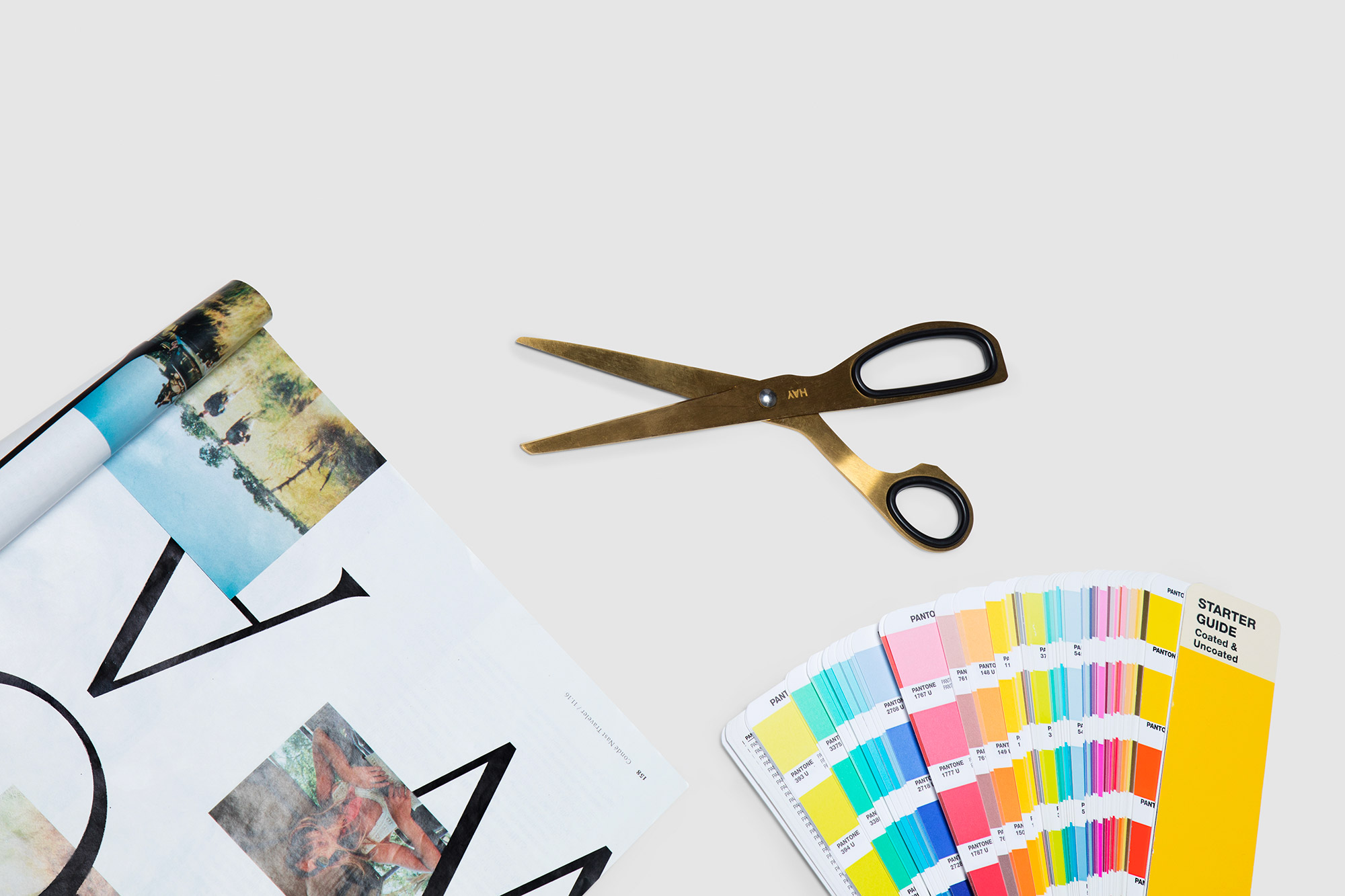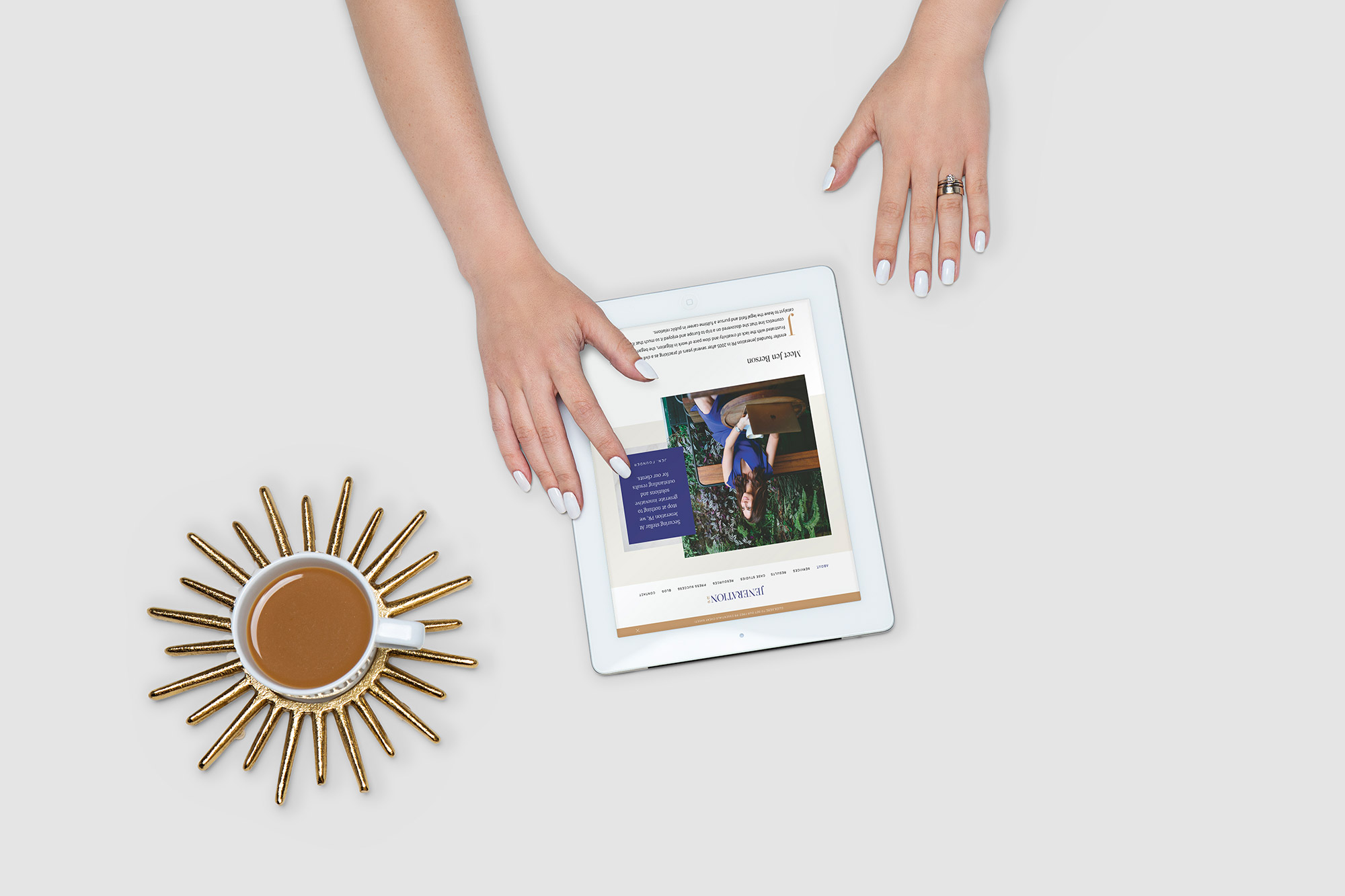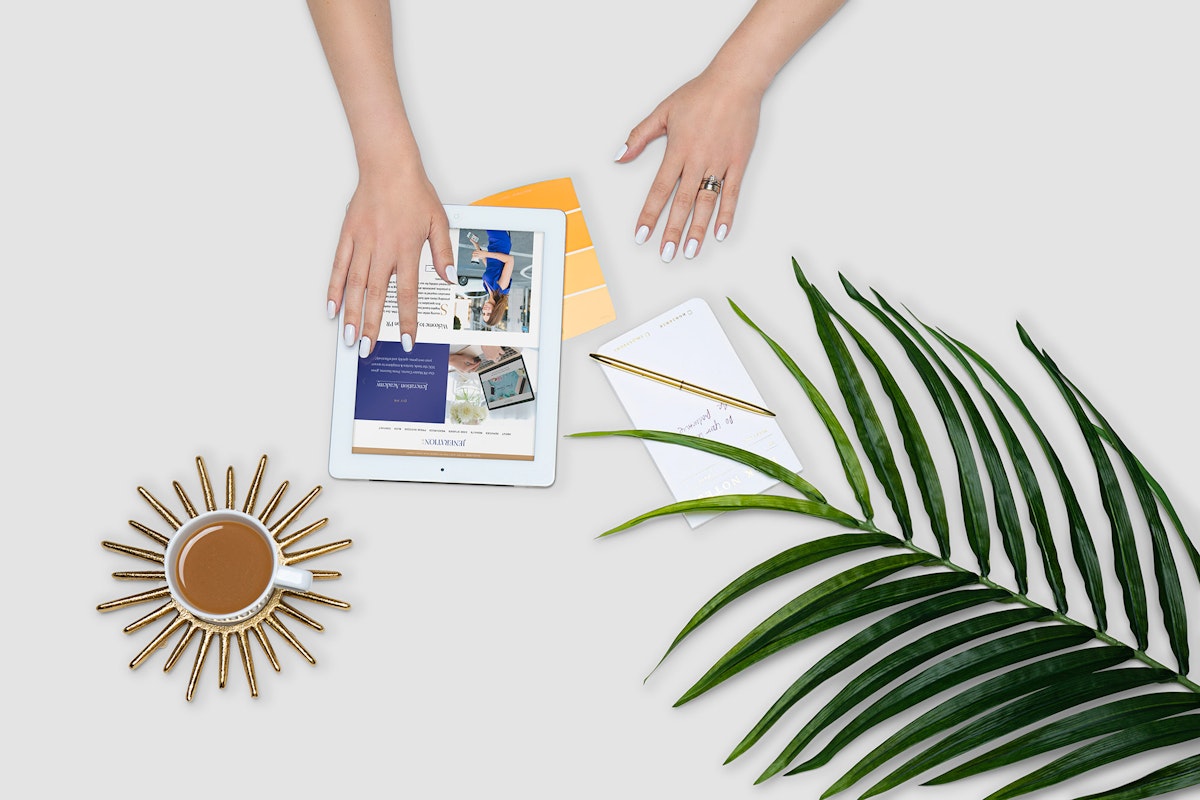Being a self-employed designer comes with plenty of juicy perks but as with everything good in life, there are plenty of trickier areas, too, most notably determining what to charge for your services. Pricing is difficult because there are so many factors that come into play. And, let’s get honest here — if you charge too little, you won’t be able to keep the lights on. On the other hand, if you charge too much, you may price yourself out of the market.
Finding that happy balance definitely takes some trial and error and it’s not a one-size-fits-all proposition.
When I first started taking on paid design projects in 2006, I was still in college. Because I was working a retail job and had a paid internship, my basics expenses were covered. I was still growing as a new designer while learning my way around the Adobe Creative Suite so charging top dollar wasn’t even an option. Making any amount of money from something I enjoyed doing so much was exciting enough.
Many years later when I founded my design studio, Branch, in 2013, I had to get really clear about pricing — design was now a full-time job – and I had office rent, taxes, employees to pay and oh yeah…there needed to be enough left over at the end of each month to pay myself!
While my journey to figuring out what to charge has evolved over time, I eventually landed on charging flat package rates for my studio’s most popular services, like branding, while using a hourly studio rate of $100.00 for projects that are smaller add-ons.
Let’s review some pricing basics:
1. Pricing is usually broken into two categories, flat versus hourly.
New designers tend to get really caught up on this, thinking they need to choose one or the other. This isn’t an all or-nothing-proposition. Instead of worrying about which is the best fit, I use a mix of both because they serve very different purposes (more on that later).
2. Create packages based on your most popular services.
The easier you make it for a new client to book you, the more in-demand you’ll be. Package rates work well when you’re repeatedly offering the same service and can determine the average amount of time it takes. For instance, we’ve done upwards of 100 branding packages, so it’s easy to know what to expect.
If you choose to go the package route, your package options should clearly list the following:
A. An outline of what’s included. Examples may include an intro call, brand strategy, mood board, color palette, supporting brand fonts, the number of brand concepts being presented, the number of allotted revisions, and a PDF of brand guidelines.
B. The pricing of the package with a mention of your preferred installment plan. For instance, many designers require a non-refundable payment of 50% down to hold your spot and 50% down upon the completion of the project.
C. A clear call-to-action to book in. On a website, you may have a “book now” button while in a media kit, you may list your email address.

3. Always include “starting at” in front of your package rates.
This lets potential clients know that they are subject to change based on their particular project scope. The base rates are a general guideline but you should always provide a custom quote in writing once you’ve reviewed their specific needs to avoid any misunderstandings.
4. A media kit can work wonders to establish your pricing.
By clearly laying out your offerings, processes, and FAQs in an easy to understand format, clients are much more likely to book in with you because they feel comfortable knowing you have a method in place for achieving solid results.
5. If you’re unsure if your package rates are on track with industry standards, a pricing calculator can help.
These provide you with a baseline idea of what’s fair. While your experience level, amount of client interest, and overhead all play a significant role, these are a quick way to make sure you’re not lowballing yourself. Take the Nu School version for a spin.
Now that we have some fundamentals of pricing down, let’s talk about hourly versus flat rate pricing and review examples of when each may make sense.
Flat Rates
Most of our projects are based on packages which have flat-rate pricing. Projects like branding are particularly ideal for this method. In general, it’s difficult to put an hourly dollar amount on conceptual thinking — it’s too abstract to determine.
Your particular style, experience level, process, visual research, and unique ideas will take a brand from good to great and this “secret sauce” is highly valuable.
With creative work that requires a lot of conceptual thinking, it doesn’t make sense to charge an hourly rate because if you’re really good and have a ton of experience under your belt, you may get shortchanged.

Here’s an example of what a package rate may entail:
Brand Platform
$4,000 flat rate
This quote includes the following:
-
Kick-Off Call: A 30 minute introductory call on your start date to review your project outline.
-
Questionnaire: A comprehensive Q&A to establish the strategy for your brand.
-
Visual research: A collaborative pinboard of inspiration nails down key style directions before the design takes place.
-
Brand strategy: A pre-design presentation contains basic messaging, a mood board and color palette, and textures for review.
-
Brand system: A presentation of 3 custom design directions including a lockup, wordmark, secondary mark, and in-use examples are presented. Up to 3 additional rounds of revisions are included.
-
Supporting assets: Colors, fonts, textures and a social icon are built into a custom brand guide.
-
Brand files: Editable files including logos, fonts, and textures are delivered via Dropbox along with a custom 40 page PDF brand guide.
As you can see, there’s a defined process with many steps, and tracking the time for each would be a lot of extra work. Outlining the deliverables, rounds of included revisions, and investment upfront streamlines the process for both you and the client.
Hourly Rates
For smaller projects and add-ons to your basic packages, hourly rates may be the way to go. For instance, if a client has already booked and paid full price for your branding package but they also need a business card design, there’s a lot less unknowns in play since you have their assets on-hand. In this case, you can provide a fairly accurate hourly estimate that breaks down the cost.
Here’s an example of what an estimate for an hourly rate project may look like:
Business Card Design
3 hours x $100/hour = $300 total
This quote includes the following:
-
Presentation of 2 standard 3.5” x 2” design directions (front and back).
-
Up to 3 rounds of revisions based on your pick of 1 front and 1 back design.
-
Print production of final design for client’s printer of choice.
-
Delivery of packaged InDesign files and print-ready PDFs via Dropbox.
As a reminder, always include fine print below the cost that explains that this is only an estimate and that if additional rounds of revisions are needed, the client will be charged at your currently hourly rate.
Pricing is Meant to Evolve Over Time
Pricing will be an ongoing topic throughout the life of your business and it makes sense to revisit the conversation regularly since it will evolve as your skillset and demand grow.
Remember, only you can make the final decision of what to charge based on your comfort level. The best way to figure out what works is by gaining as much real world experience as possible. Dive into working on a variety of projects and test out your pricing methods as you go. Rinse and repeat until you’re at a pricing structure that works for your specific business and goals. Good luck!
Photos courtesy of Branch, by Monica True
